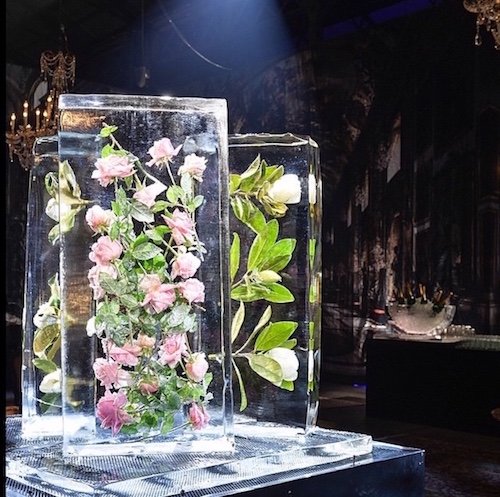Crystallising and drying are both easy ways to preserve your edible flowers.
Crystallising flowers preserves whole flowers or individual petals with sugar to create a sparkling sweet dried flower that you can use on cakes, biscuits, drinks and desserts. Roses and violas, pansies and dianthus are my favourite flowers to crystallise. There are several ways to preserve flowers or petals, using the sugar crystallisation method.
Option 1 Egg white:
Beat an egg white to the point of tiny bubbles, not stiff. Use a small clean paint brush to paint the flower all over with the beaten egg white; then sprinkle a light coating of caster sugar over the flower before setting on a rack to dry prior to storing in airtight containers.
Option 2 Gum Arabic:
Dissolve 4 slightly rounded teaspoons of Gum Arabic (purchase online or at cake decorating shops) in 25 ml vodka. Use a small clean paintbrush to paint the flowers all over with the Gum Arabic mixture. Sprinkle over caster sugar and leave to dry before storing in airtight containers.
Dried petals and flowerfetti
Drying will preserve flowers longer than crystallisation. Dried flower petals look like confetti, hence the name flowerfetti. To dehydrate small flowers or petals, select tiny perfect buds or pull petals from the flower heads and cut off any bitter white base. Lay them in a single layer to dry. Avoid high temperatures that cook the delicate flowers. Drying times depend on each flower, the humidity and temperature. Set a dehydrator to 30°C, or use solar power on hot days but drying outside means you’ll need to bring the flowers in at night. When ready, the flowers will be dry and almost crisp.
To use the flowerfetti, make flower sugar by adding the dried petals to caster sugar. It can be used to dip the rim of a glass as I’ve done with the elderflower fizz. Dried petals or petal sugar are lovely in cake batters or as a sprinkle over biscuits and cupcakes.

Successful dried flowers include dahlia petals, cornflowers, violas, calendula, chamomile, sunflower and rose. Store them in an airtight container out of light. Avoid drying elderflower and feijoa as they turn brown.
The Carousel would like to thank Linda from Ecobotanica for this recipe.
Read also Cooking With Edible Flowers: Bougainvillea Switzel Recipe







